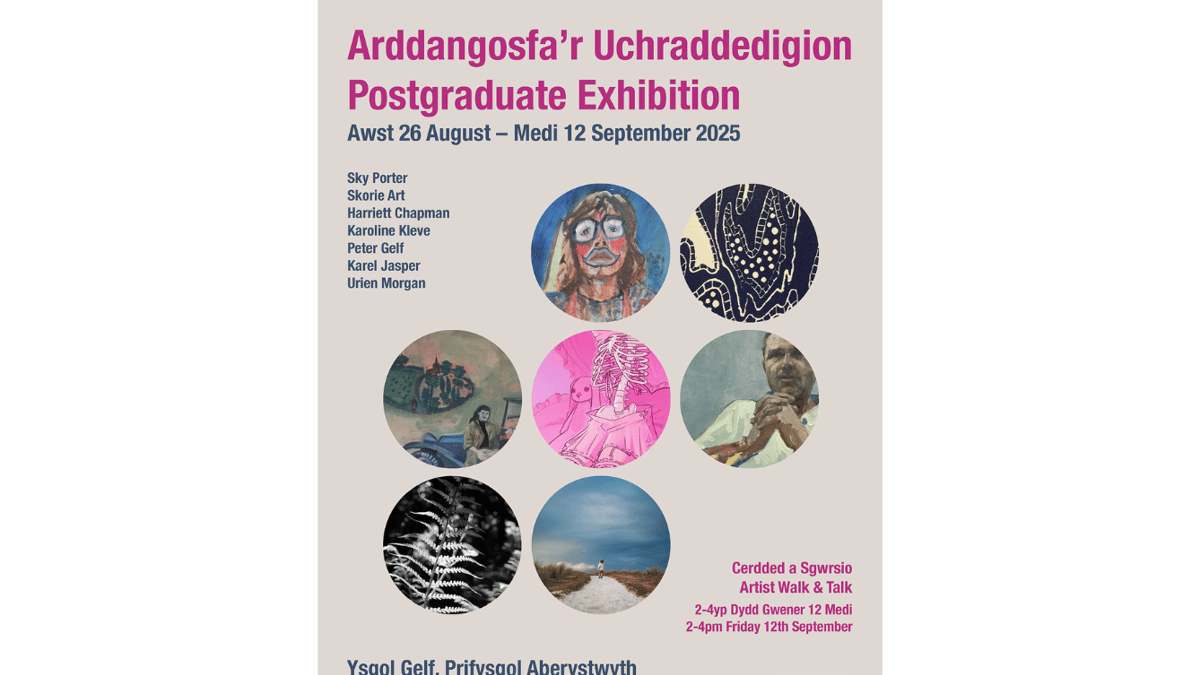Palace videographer Jack Brooks shares his archive of Polaroids which offer a raw and unforced vision of skateboarding culture
Amid the pressure of everyday life, there’s little to compare to the simple pleasure of just hanging out. Many of these idyllic moments feature in Trigger Happy, Jack Brooks’ new exhibition of Polaroids at the Museum of Youth Culture, each one a raw and unforced vision of skateboarding culture… Palace rider, Ville Wester, in the blue-lensed afternoon sun, lying back by the banks of the Thames with a cigarette in hand, staring contemplatively; a man asleep on the tube, hugging his rucksack like a pillow; a friend of Brooks’ with crutches and a cast on his leg, perched on a ledge and still desperate to soak up the energy of a skate session, despite the injury.
For Brooks, long-time Palace Skateboards videographer and the photographer behind iconic skate videos such as 2017’s Palasonic and 2021’s Beyond The Third Wave, an image of a broken board on the floor stands out the most. “It shows that, when skating, things don’t always go to plan, through mishaps or frustration,” he tells Dazed. “It’s a reminder that the single clips you see in a skate video can take a long time to achieve for a moment that’s so fleeting.”
The unpredictability of skateboarding and youth are a key theme at the west London exhibition (which runs from July 5-6). London is the right place to show Brooks’ work for the first time: its narrow and labyrinthine streets are a breeding ground for spontaneity. Previous collections by the Museum of Youth Culture have focused on nightlife, something Brooks has also incorporates into this exhibition. Alongside images of skateboarders, there are DJs playing records, smoky house parties and late-night runs to the off-licence. It’s easy to get lost in the city’s haze: the park, the pub, a night bus to a club, meet friends in the smoking area, get an Uber somewhere, anywhere, and you end up stumbling on something unexpected. Skateboarding shares that impromptu nature.
“Skateboarding in essence is spontaneous,” Brooks says. “The amount of tries it’ll take someone to land a trick on video can be a lot, sometimes for something in a skate edit you will only see for three seconds, but in fact, it may have taken three days of going back to the same place.” London’s cobbled allies, uneven pavements and rugged brick banks should make it a difficult place to skate. Instead, it forces skateboarders to become more innovative, more spontaneous and more interesting.

This is in stark contrast to other great skateboarding cities such as LA, where the lack of public transport and the ability to walk between spots creates rigidity in a skater’s routine. Just like the raver stumbling on a block party or jumping on an early morning tube to the next unknowable afters, skaters explore the city’s darker corners for the unseen, improvising as they go. With that improvisation comes anticipation and the excitement of what’s next. Brooks tells us, ”Waiting for the Polaroid to develop not knowing if you’ve messed it up or not is a lot like the anticipation of not knowing how and when someone will land a trick.”
Beyond that unpredictability, there’s a sense of joyous downtime that comes from Jack’s images. There’s one in particular of three skaters at a basketball court in sunny east London, sitting down and engrossed in conversation. They’re having a laugh when Brooks’ lens focuses on them, they adjust before firing off a quick pose for the Polaroid camera. This is Lisa Der Weduwe’s favourite image, the archive project manager at the Museum of Youth Culture: “You can imagine the photo was a rupture in the quiet of sitting around, chilling before getting on your board again or waiting for someone to crack a joke. I think it’s a moment we can all recognise.” Brooks captures this liminality throughout his images and it’s a feeling that’s specific to both skateboarding and being young. “These photos are of the between-time, often when someone is resting or waiting for the next place to go. It’s a look at what happens on either side of the actual skateboarding.” It’s these moments, when not much is going on, that can be the most memorable.

More and more, that kind of boundless downtime has become a luxury. The impact of austerity continues to decimate community spaces and youth groups, while the policing of increasingly privatised spaces tends to disproportionately affect young people just looking for a chance to catch up with a mate or even a simple sit down and a quiet moment of solace. “It’s getting harder and harder for young people to have spaces where they can just hang out,” Der Weduwe says. “Young people are being squeezed out of spaces that they can call their own.”
The museum has asked attendees to the exhibition to bring their own memorabilia: Polaroid photos, old decks, battered point and shoot cameras. These objects, vital to stories of youth and subculture, will become part of the museum’s growing archive which seeks to chronicle the last century of youth culture through these donated items. “At the heart of all subcultures are the people that make up that community,” Der Weduwe says. “It’s the people that are constantly pushing it forward and keeping the scene alive, so it’s vital that we collect their stories.” The continued erosion of young people’s spaces has made preserving this chronicle of youth all the more vital.
Trigger Happy is sponsored by Polaroid and runs from July 5-6, 2024, at Farsight Gallery, 4 Flitcroft Street, WC2H 8DJ.






